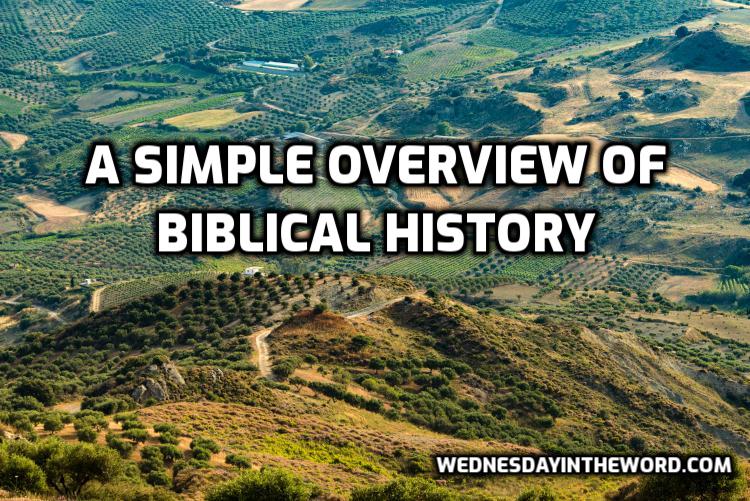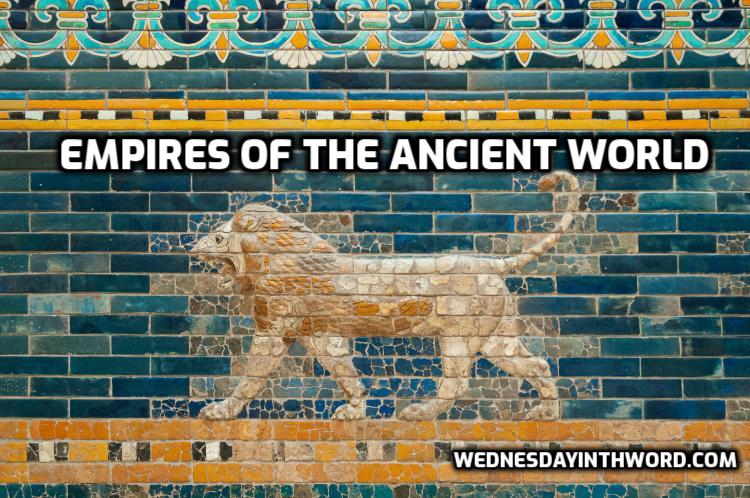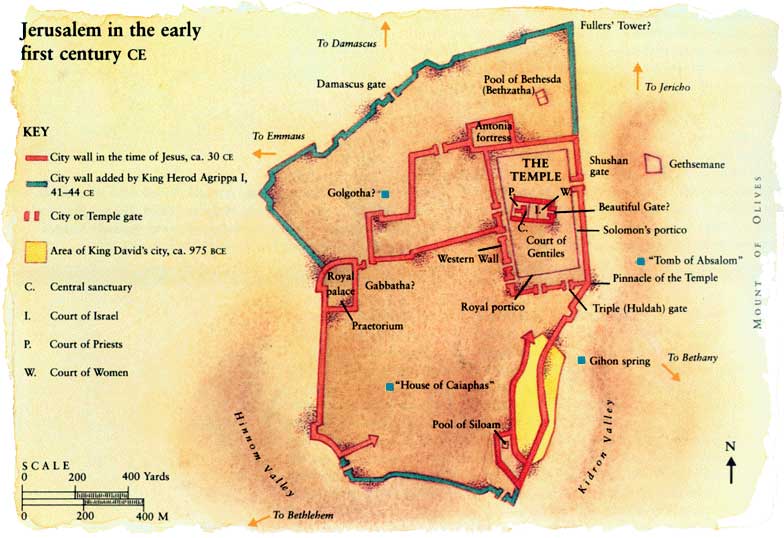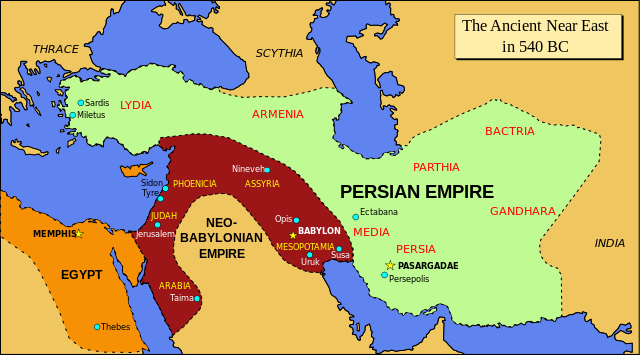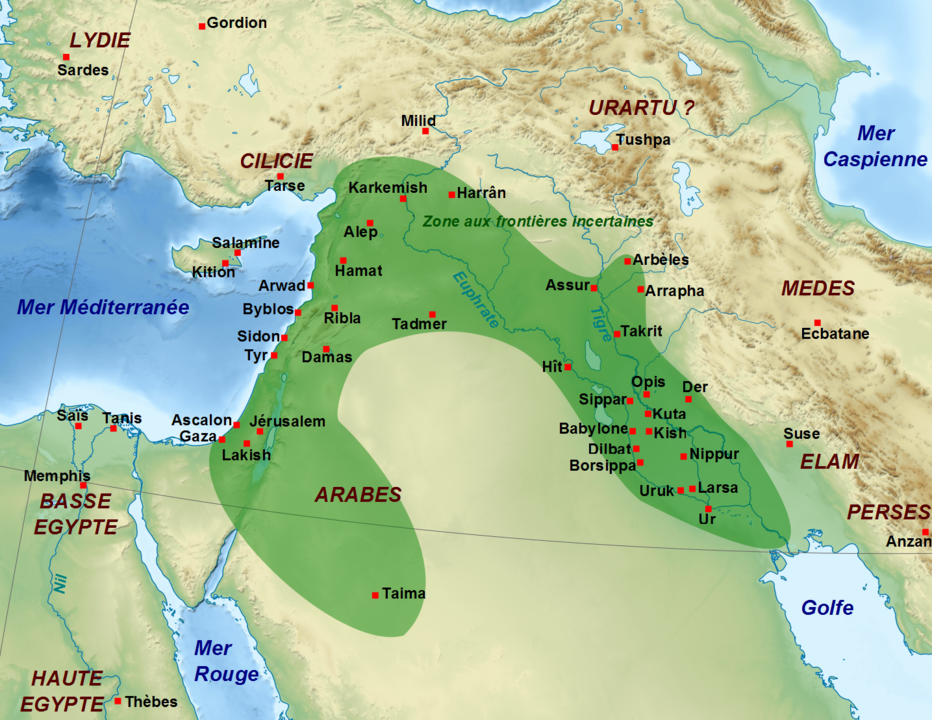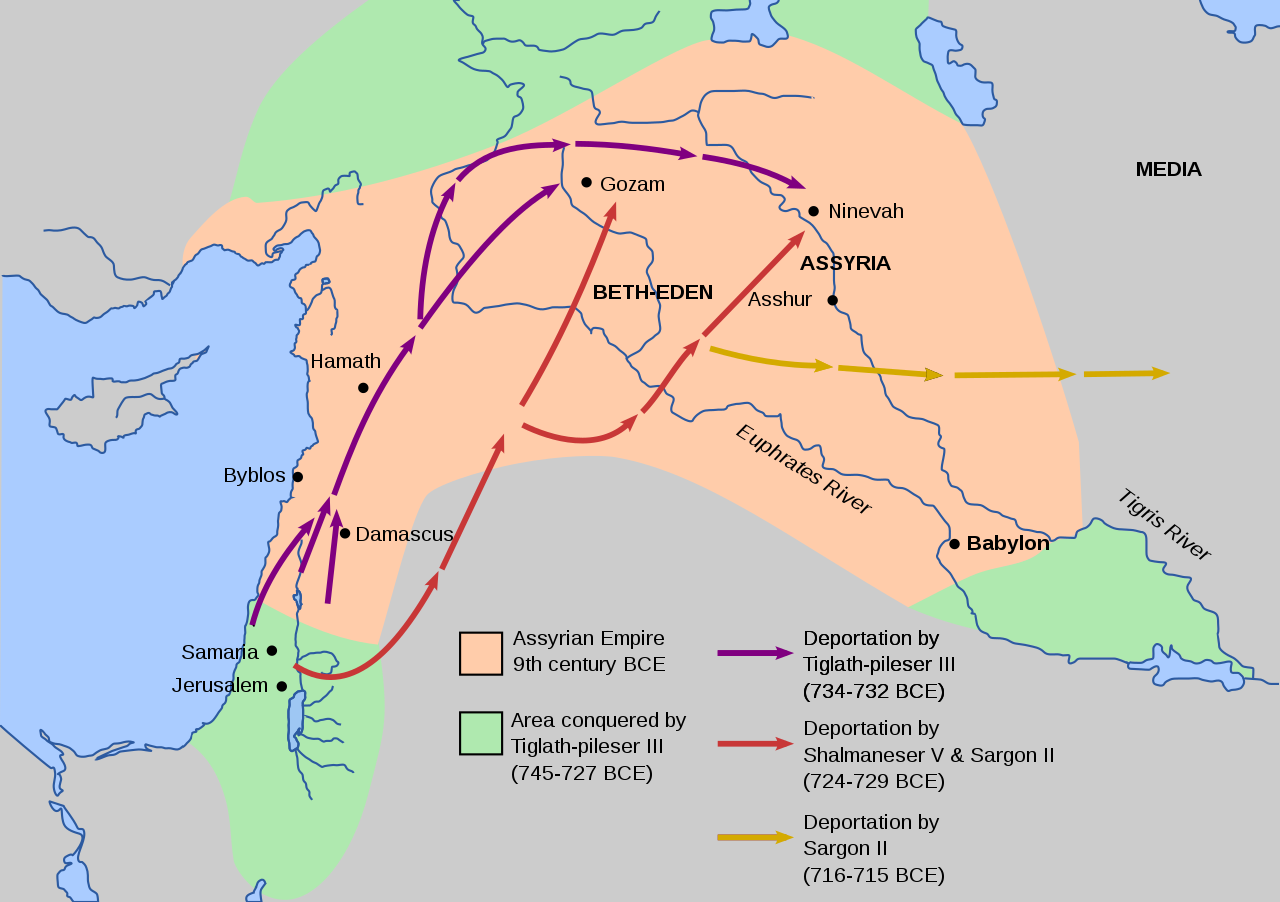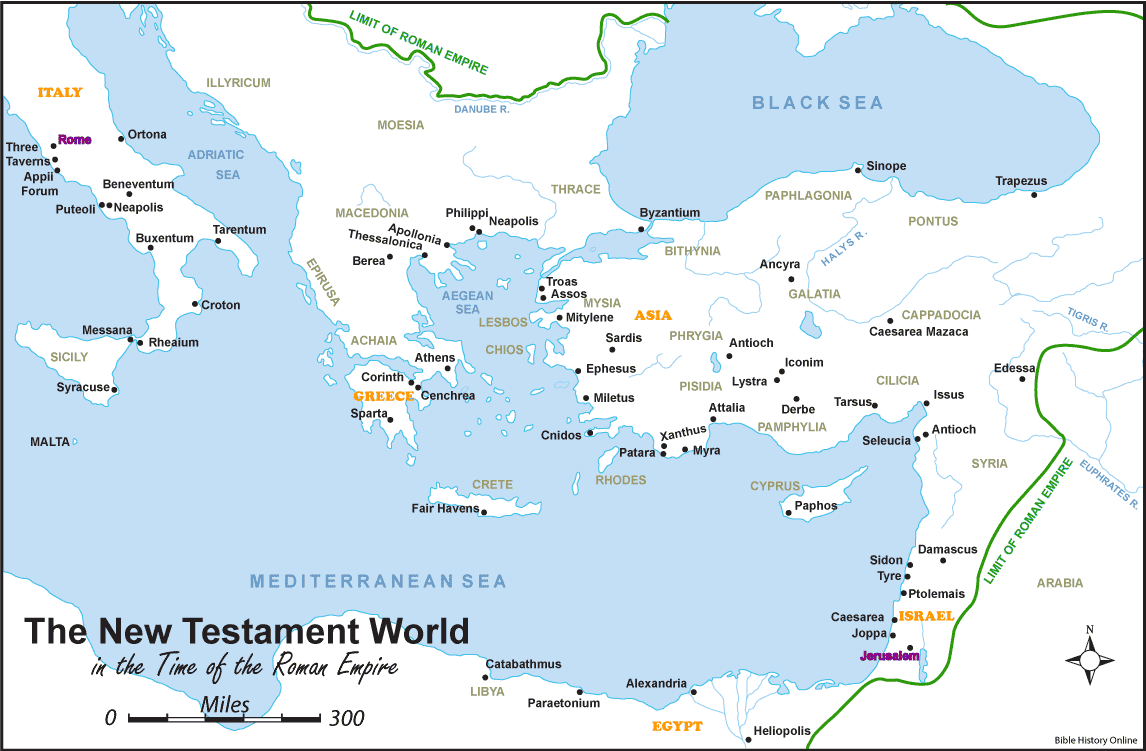Metaphors about sheep and their shepherd have a rich background in the Old Testament that continues in the New Testament. Without a shepherd, sheep can easily end up hungry, lost and the victim of predators.
Overview of Biblical History
Whenever you study Scripture, it’s important to know where your particular passage fits into biblical history. As Karl Barth said: “The Bible is not a philosophical book, but a history book, the book of God’s mighty acts, in which God becomes knowable to us.” Here’s a simple overview of biblical history.
Empires of the Ancient World
Over the course of biblical history, the children of Israel were challenged, threatened and conquered by several other ancient empires. Understanding something about those empires can inform your biblical understanding.
How the Apostles died
Scripture records the deaths of only 2 apostles: James (Acts 12:1-2) and Judas Iscariot (Matthew 27:5). Most of what we know about the deaths of the other apostles comes from early christian writers and church tradition. Most scholars think the Apostle John is the only apostle who died of natural causes. The exact dates are unknown, most are estimates.
Israel’s 3 Temples
Israel had 3 temples during its Old & New Testament time period. The original temple was built by Solomon. After the exile, a second temple was built under Zerubbabel. Finally, Herod the Great expanded and enlarged the temple during his reign.
Kings of Persia in Biblical Times
A list of the Kings of Persia in biblical times and where they appear in Scripture.
Kings of Babylon in Biblical times
The Babylonian Empire became a world power in 625 BC after the fall of Assyria. Babylon continued its reign until 536 BC. Nebuchadnezzar, its greatest king, reigned in the days of Daniel and took the southern Kingdom of Judah into captivity after the fall of Jerusalem in 586 BC. Babylon was finally captured by the Medes and Persians under Cyrus as predicted by the prophet Daniel, and the Babylonian Empire came to an end in 536 BC.
Jewish Day (1st Century) explained
What does the first watch mean? What is the “third hour”? The Jewish day ran from sunset to sunset and was divided in 8 equal parts called watches and hours. Here’s what they mean.
Kings of Assyria in Biblical times
The Assyrian Empire is important to biblical history for devastation the kingdom of Israel and taking the 10 northern tribes into captivity in 722 BC.
Geography of the New Testament
Geography of the New Testament: Learn the important cities, regions, provinces, and lakes of New Testament Israel from Wednesday in the Word.
New Testament Priesthood
These are the principal religious and political offices in Judaism at the time of Jesus.
New Testament History from Alexander to Titus
When the Old Testament ends, Israel is under control of the Persian empire. When the New Testament begins, Israel is under Roman control. The switch occurred because of Alexander the Great. This historical background helps explain the political situation at the time of the New Testament.


